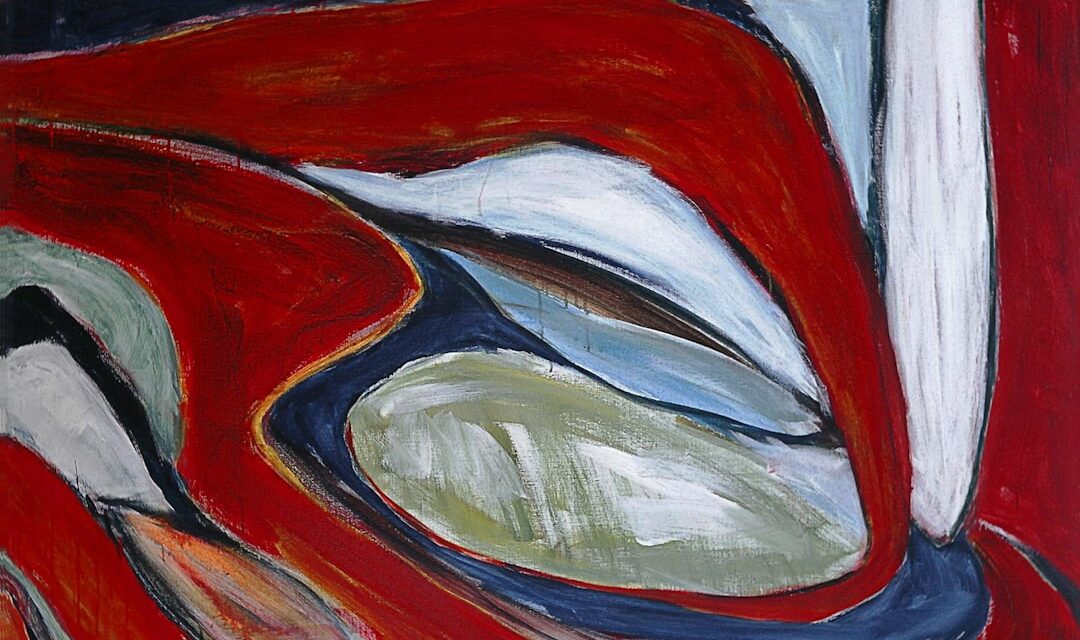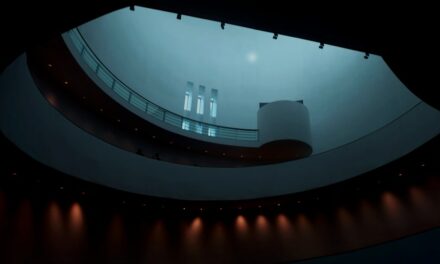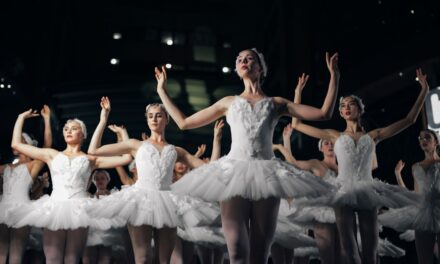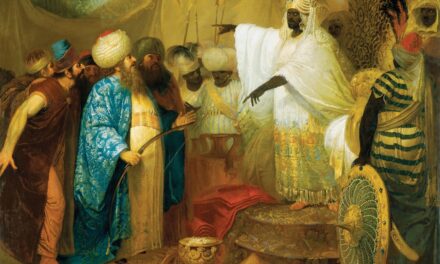Georges Braque was born on 13 May 1882 in Argenteuil, a suburb of Paris, France. He was raised in a middle-class family and exhibited an early aptitude for drawing and painting. In 1899, he enrolled at the École des Beaux-Arts in Le Havre, where he studied under the painter and decorator Charles L’Hôtellier.
During this period, Braque developed an appreciation for the works of the Impressionists and Post-Impressionists, particularly those of Paul Cézanne. In 1900, he relocated to Paris to study at the Académie Humbert, where he formed acquaintances with Marie Laurencin and Francis Picabia, who would become lifelong friends and fellow artists. Braque’s early works were heavily influenced by the Fauvist movement, characterised by bold use of colour and expressive brushwork.
However, his encounter with Pablo Picasso in 1907 would prove to be a pivotal moment in his artistic career. The two artists quickly established a close friendship and began collaborating on a series of paintings that would later be recognised as the genesis of Cubism. This period of collaboration with Picasso had a profound impact on Braque’s artistic development and set the stage for his future contributions to the art world.
Georges Braque’s early life and education established the foundation for his future success as an artist. His exposure to the works of the Impressionists and Post-Impressionists, as well as his studies at the Académie Humbert, provided him with a strong artistic background. His early works reflected the influence of the Fauvist movement, but it was his collaboration with Pablo Picasso that would ultimately shape his artistic style and set him on the path to becoming one of the most influential artists of the 20th century.
Summary
- Georges Braque was born in Argenteuil, France in 1882 and studied at the École des Beaux-Arts in Le Havre.
- Braque’s collaboration with Picasso in the development of Cubism led to the co-founding of this influential art movement.
- Fauvism and the work of Cézanne greatly influenced Braque’s artistic style, leading to the development of his unique approach to form and colour.
- Braque’s exploration of still life and interiors resulted in the creation of some of his most iconic works, showcasing his mastery of composition and perspective.
- World War I had a profound impact on Braque’s work, leading to a shift in his artistic focus and a more sombre tone in his paintings.
Cubism and Collaboration with Picasso
The Early Years of Cubism
Their early Cubist works, such as “Les Demoiselles d’Avignon” and “Houses at L’Estaque,” were characterised by fragmented forms, multiple viewpoints, and a departure from naturalistic representation.
The Development of Analytical Cubism
Braque and Picasso’s collaboration led to the development of Analytical Cubism, a style characterised by the deconstruction of form and space through the use of geometric shapes and overlapping planes. This revolutionary approach to painting challenged traditional notions of perspective and representation, laying the groundwork for the development of abstract art in the 20th century.
A Lasting Legacy
Despite their eventual artistic divergence, Braque’s collaboration with Picasso during this period had a lasting impact on the development of modern art. Georges Braque’s collaboration with Pablo Picasso in the development of Cubism was a groundbreaking moment in the history of art. Their partnership led to the creation of a new artistic language that challenged traditional notions of representation and perspective. The legacy of their collaboration continues to influence artists and art historians to this day, cementing their status as pioneers of modern art.
Influence of Fauvism and Cézanne
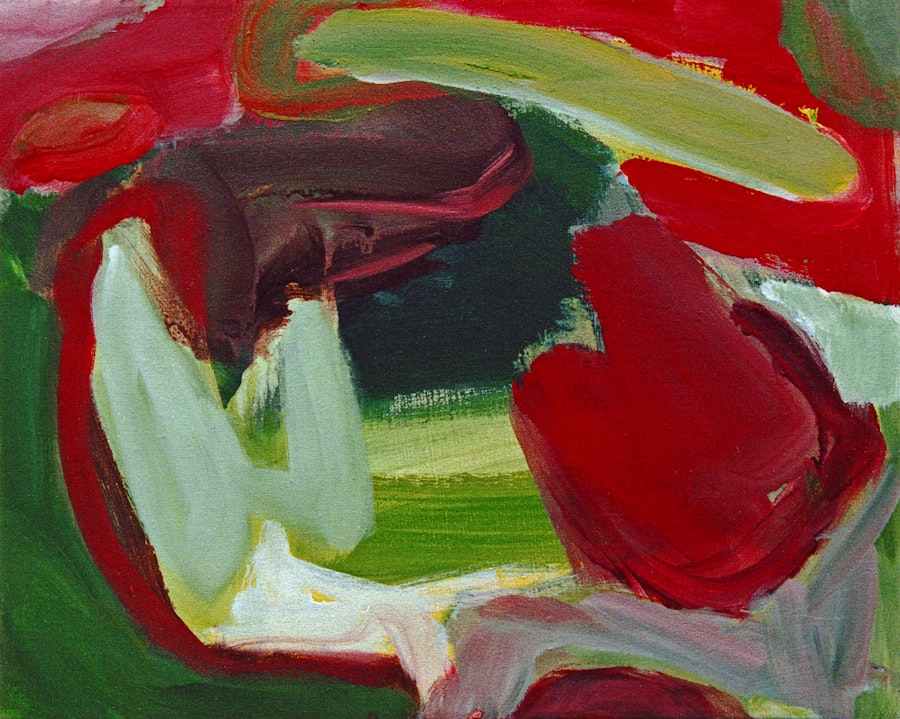
Georges Braque’s early exposure to Fauvism and the works of Paul Cézanne had a profound influence on his artistic development. The bold use of color and expressive brushwork characteristic of Fauvist paintings left a lasting impression on Braque’s early works. His paintings from this period, such as “Landscape at La Ciotat” and “The Viaduct at L’Estaque,” demonstrate his mastery of Fauvist techniques and his ability to capture the vibrant energy of his surroundings.
In addition to Fauvism, Braque’s admiration for Paul Cézanne’s work played a crucial role in shaping his artistic style. Cézanne’s exploration of form and structure, as well as his use of multiple viewpoints, provided Braque with a new way of seeing and interpreting the world around him. This influence is evident in Braque’s later Cubist works, where he sought to deconstruct form and space through the use of geometric shapes and fragmented perspectives.
The combination of these influences laid the groundwork for Braque’s future contributions to the development of modern art. Georges Braque’s early exposure to Fauvism and Paul Cézanne had a lasting impact on his artistic style. The vibrant energy and expressive brushwork of Fauvism, combined with Cézanne’s exploration of form and structure, provided Braque with a strong foundation for his future artistic endeavors.
These influences would continue to shape his work as he transitioned into the development of Cubism and beyond.
Exploration of Still Life and Interiors
Georges Braque’s exploration of still life and interiors played a central role in his artistic development. His interest in these subjects can be traced back to his early years as an artist, where he sought to capture the essence of everyday objects through his paintings. His still life compositions, such as “The Round Table” and “The Portuguese,” demonstrate his mastery of form and space, as well as his ability to imbue ordinary objects with a sense of depth and significance.
Braque’s fascination with interiors also became a recurring theme in his work, as he sought to capture the atmosphere and mood of domestic spaces. His paintings of interiors, such as “The Studio” and “The Dining Table,” reveal his keen eye for detail and his ability to evoke a sense of intimacy and familiarity through his art. These explorations of still life and interiors would become defining elements of Braque’s artistic style, setting him apart as a master of composition and spatial arrangement.
Georges Braque’s exploration of still life and interiors allowed him to develop a unique artistic language that set him apart from his contemporaries. His ability to capture the essence of everyday objects and domestic spaces through his paintings demonstrated his mastery of form, space, and composition. These explorations would continue to inform his work throughout his career, cementing his reputation as one of the most innovative artists of the 20th century.
World War I and its Impact on Braque’s Work
The outbreak of World War I in 1914 had a profound impact on Georges Braque’s artistic career. Like many young men of his generation, Braque enlisted in the French army, putting his artistic pursuits on hold as he served on the front lines. The experience of war had a lasting effect on Braque, influencing both his personal life and his artistic output.
The trauma and devastation he witnessed during this time would find expression in his post-war paintings, as he sought to grapple with the profound changes brought about by the conflict. Braque’s wartime experiences also led to a shift in his artistic style, as he began to move away from the fragmented forms and multiple viewpoints characteristic of Analytical Cubism. Instead, he turned towards a more subdued palette and a renewed focus on representational imagery.
His post-war paintings, such as “The Fruit Dish” and “The Billiard Table,” reflect a sense of introspection and contemplation, as he sought to come to terms with the impact of war on both himself and society at large. The period following World War I marked a significant turning point in Braque’s career, as he began to explore new artistic directions that would set him apart from his earlier Cubist works. World War I had a profound impact on Georges Braque’s artistic career, leading to a shift in his artistic style and thematic concerns.
The trauma and devastation he witnessed during this time left an indelible mark on his work, as he sought to grapple with the profound changes brought about by the conflict. The period following World War I marked a significant turning point in Braque’s career, as he began to explore new artistic directions that would set him apart from his earlier Cubist works.
Later Career and Legacy

Shifting Focus
This shift in style led to a series of paintings that reflected a sense of introspection and contemplation, as he sought to come to terms with the impact of war on both himself and society at large.
Traditional Techniques
Braque’s later career was marked by a return to more traditional artistic techniques, such as still life painting and printmaking. His exploration of these mediums allowed him to further develop his unique artistic language, demonstrating his mastery of form, space, and composition. His later works, such as “The Billiard Table” and “The Fruit Dish,” reveal a renewed focus on representational imagery and a sense of tranquillity that set them apart from his earlier Cubist works.
Cementing a Legacy
Georges Braque’s later career was marked by a return to more traditional artistic techniques, such as still life painting and printmaking. This shift in style allowed him to further develop his unique artistic language, demonstrating his mastery of form, space, and composition. His later works reflect a sense of introspection and contemplation that set them apart from his earlier Cubist works, cementing his reputation as one of the most innovative artists of the 20th century.
Major Works and Exhibitions
Georges Braque’s major works are celebrated for their innovative approach to form, space, and composition. His early Cubist paintings, such as “Houses at L’Estaque” and “Violin and Candlestick,” are recognized for their groundbreaking use of fragmented forms and multiple viewpoints. These works laid the groundwork for the development of Analytical Cubism, setting Braque apart as one of its pioneering figures.
In addition to his early Cubist works, Braque’s later paintings also hold a significant place in art history. His exploration of still life and interiors produced iconic works such as “The Round Table” and “The Studio,” which demonstrate his mastery of form and space. These paintings reflect a sense of tranquillity and introspection that set them apart from his earlier Cubist works.
Braque’s legacy continues to be celebrated through major exhibitions around the world. Retrospectives of his work have been held at prestigious institutions such as the Museum of Modern Art in New York City and the Centre Pompidou in Paris, showcasing the enduring impact of his contributions to modern art. His major works continue to be revered for their innovative approach to form, space, and composition, cementing his status as one of the most influential artists of the 20th century.
In conclusion, Georges Braque’s contributions to modern art are celebrated for their innovative approach to form, space, and composition. His collaboration with Pablo Picasso in the development of Cubism marked a significant turning point in the history of art, laying the groundwork for the development of abstract art in the 20th century. His exploration of still life and interiors allowed him to develop a unique artistic language that set him apart from his contemporaries.
The trauma and devastation he witnessed during World War I had a profound impact on his work, leading to a shift in his artistic style and thematic concerns. His later career was marked by a return to more traditional artistic techniques, such as still life painting and printmaking, allowing him to further develop his unique artistic language. Georges Braque’s major works continue to be celebrated through major exhibitions around the world, showcasing the enduring impact of his contributions to modern art.
If you are interested in learning more about the different art movements that influenced Georges Braque’s work, you should check out the article on Impressionism. This movement, which emerged in the 19th century, had a significant impact on Braque’s early artistic development and played a crucial role in shaping his unique style. Understanding the principles and techniques of Impressionism can provide valuable insights into Braque’s artistic evolution and the innovative contributions he made to the art world.
FAQs
Who is Georges Braque?
Georges Braque was a French artist and one of the most influential figures in the development of modern art. He is best known for co-founding the Cubist movement with Pablo Picasso.
What is Georges Braque known for?
Georges Braque is known for his significant contributions to the development of Cubism, a revolutionary art movement that transformed the way artists represented the world.
What is Cubism?
Cubism is an art movement that emerged in the early 20th century, pioneered by Georges Braque and Pablo Picasso. It is characterized by the use of geometric shapes and multiple perspectives to depict the subject matter.
What are some of Georges Braque’s famous works?
Some of Georges Braque’s famous works include “Violin and Candlestick,” “The Portuguese,” and “Man with a Guitar.” These paintings are celebrated for their innovative use of form and space.
How did Georges Braque’s style evolve over time?
Georges Braque’s early works were influenced by Fauvism, a style characterized by vivid colors and bold brushwork. However, he later developed the Cubist style for which he is best known, and continued to experiment with different techniques throughout his career.
What is Georges Braque’s legacy in the art world?
Georges Braque’s legacy in the art world is significant. His role in the development of Cubism and his innovative approach to painting continue to influence artists and art movements to this day. He is considered one of the most important artists of the 20th century.
